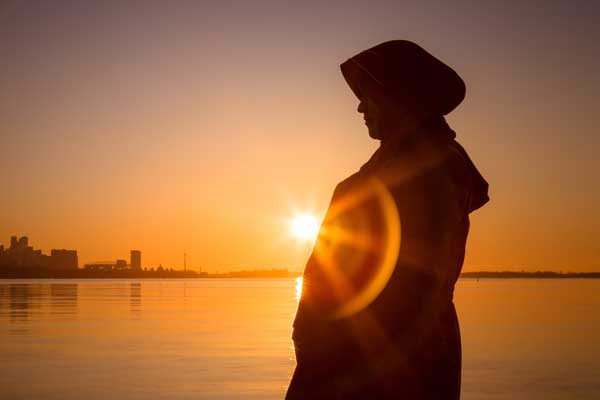How often does a simple hashtag launch a movement? Sometimes, with the mention of just one article of clothing. In the fall of 2013, the hashtag #IStandForHijab did just that, launched a movement, by asking for solidarity from other women. It invited their participation in donning hijab and experiencing what a hijabi’s day feels like in a society that relishes a woman exposing her beauty to all. World Hijab Day is in its tenth year, celebrated every February 1, since 2013.
The brainchild of New Yorker Nazma Khan, the original hashtag has expanded into an international event encompassing 67 countries and participation from women with a wide range of religious affiliations or no affiliation at all. It was created to combat Islamophobia, as a direct response to anti-hijab sentiments spawned by 9/11. Khan uses her platform, World Hijab Day (WHD), to convey to non-Muslims what hijab represents to Muslim women and to help diffuse the misconceptions about Islam in general. Each year, social media posts show women wearing hijab in solidarity, from celebrities to politicians and everyone in between. The yearly event has been covered by national and international media including BBC, Huffington Post, The New York Times, Al-Jazeera, and CNN.
In 2017, WHD was recognized by the state of New York, and the UK recognized the day with an event attended by Prime Minister Theresa May. A 2017 article in The Hollywood Reporter quoted Khan as saying, “In middle school, I was ‘Batman’ or ‘ninja.’ When I entered university after 9/11, I was called Osama bin Laden or terrorist. It was awful. I figured the only way to end discrimination is if we ask our fellow sisters [women] to experience hijab themselves.” According to the same article, New York City mayor, Bill de Blasio, tweeted, “Your hijab is beautiful, and we welcome you just as you are.” A male observer of World Hijab Day stated, “It’s commonly believed that wearing a veil is a form of sexual discrimination. I didn’t find it to be so. To my surprise, the veil was strangely liberating, an unapologetic form of self-expression” (Joe Galvez – Philippines, WHD.com).
Encouraging Religious Tolerance and Much More
Since its inception, WHD has morphed into a global phenomenon and today is a 501(c)3 non-profit organization. Their website states that they are, “a global movement to encourage religious tolerance, cultural understanding and international solidarity,” and “campaigning for a world where Muslims can proudly and freely practice their faith,” and, it says, they are “independent of any political ideology or economic interest.” The organization works throughout the year to dispel myths about not only hijab but Islam as well. They issue press releases, host annual events, publish educational blogs and hijab stories, and host hijab challenges and annual events like the 30-Day Ramadan Hijab Challenge.
Participation on this ten-year anniversary is expected in over 150 countries. This year’s theme is, “Hijab is our crown, not a crime.” The hashtag #DressedNotOppressed directly addresses the core misunderstanding about hijab, and the theme alludes to countries limiting the rights of Muslim women to wear hijab or burqas in public spaces like schools or work. Recently, the highest court of the EU ruled in favor of employers banning “visible symbols of religious or political belief, such as headscarves” but urged member states to “consider the rights and interests of the employee, including by taking into account national legislation on freedom of religion” (Aljazeera, 2021).
Despite positive strides made by WHD, across the world religious intolerance is on the rise, with attacks against Muslims, men and women, increasingly reported. According to the American Muslim Poll 2020, over 60 percent of Muslims report being discriminated against. Women who wear hijab and men with beards are the faces of Islam and are the ones who bear the brunt of attacks and vitriol. CAIR’s 2020 Annual Report showed that Muslim high school students are often victims of Islamophobia and get bullied or harassed. Girls have had their hijab pulled at or off, and 33 percent of Muslim students felt the need to change themselves to blend in. That might have included altering their names or using a nickname or removing hijab.
It may take another ten years to normalize hijab in America, but for now, one can simply say the word “hijab” and be perfectly understood. This February 1st, like the nine previous ones, World Hijab Day will shine a positive light on Muslim women in hijab and for that single day, their fellow global citizens will be reminded about choice, and dignity, and that religious tolerance must apply to all.





